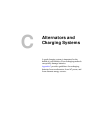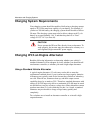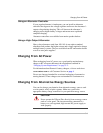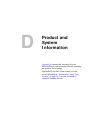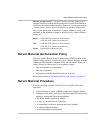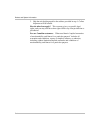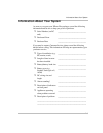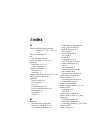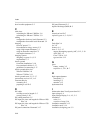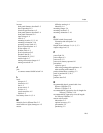
Index
IX–2
buzz in audio equipment
5–2
C
cable sizes
calculating for XPower 1200 Plus
3–6
calculating for XPower 1750 Plus
3–9
cabling
configuration for heavy loads illustrated
3–3
configuration for normal loads illustrated
3–2
charging
from AC power
C–3
from alternative energy sources
C–3
using a high-output alternator
C–3
using an alternator controller
C–3
with engine alternator
C–2
charging systems
designing a system
3–4
,
C–2
requirements
C–2
chassis ground
for marine installations
3–18
for recreational vehicles
3–17
guidelines for connecting
3–17
chassis ground cable sizes
XPower 1200 Plus
3–8
XPower 1750 Plus
3–11
chassis ground screw
2–5
,
3–17
current draw, no load
1–2
,
A–2
Customer Service
contacting
D–3
preparing to call
D–5
D
DC cables
avoiding excessive lengths
3–5
correct polarity
3–20
DC cabling terminals
2–5
DC input wire sizes and lengths for XPower 1200
Plus
3–6
DC input wire sizes and lengths for XPower 1750
Plus
3–9
DC panel connections illustrated
3–17
DC panel illustrated
2–5
depth of discharge (DOD)
B–5
E
electrolyte level
B–7
explosive gases
vi
,
3–21
,
B–7
F
Fault light
2–4
for
3–9
freezers
4–4
fuses
3–13
,
3–15
ampere interrupting capacity (AIC)
3–12
,
3–19
ANL 250
3–12
Class T 250 A
3–12
type and size
3–12
G
gases
battery, venting
3–5
explosive
vi
,
3–21
,
B–7
H
high-output alternator
described
C–3
installing
C–3
mention
3–15
hydrometer
B–8
I
Information about Your System form
D–5
input voltage
4–4
Input Voltage Display
2–4
,
4–3
,
5–3
installation
codes
3–4
overview of steps
3–16
installation materials
3–15
installation tools
3–14
installation, designing your
3–2




